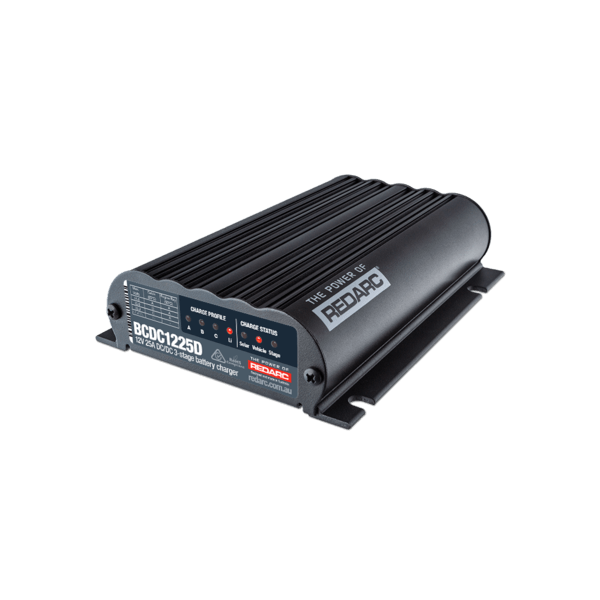dstefan
Well-known member
Honestly, this is my first experience w/ a house battery + DCDC charging. I had dual under hood AGMs before w/ an isolater. I went with the NL PowerPack to simplify things and be removable and switchable to my 4Runner. Also, it was the only off the shelf approach for the Battleborn, which was the best thing then when I was figuring the electronics out.
I spoke to Mario about a used FWC rig I was thinking about, and he said he used the NLs in his builds, which later influenced my direction. From what I can tell from lots of comments here Redarcs are well respected and more commonly used than the NL DCDCs. I had researched the Redarc and likely would have used that except for wanting to go with the contained/removable approach. Think either would be fine.
As to 25 vs 40 I think your 25amp for 100AHs and 40 for 200 sounds right. Big question is what are you gonna run off the battery? 200 AH is lot in a non RV environment, unless you have really demanding loads. I put a Victron smart shunt on my Battleborn to better see the draws and Im pretty amazed by how efficient things are.
I spoke to Mario about a used FWC rig I was thinking about, and he said he used the NLs in his builds, which later influenced my direction. From what I can tell from lots of comments here Redarcs are well respected and more commonly used than the NL DCDCs. I had researched the Redarc and likely would have used that except for wanting to go with the contained/removable approach. Think either would be fine.
As to 25 vs 40 I think your 25amp for 100AHs and 40 for 200 sounds right. Big question is what are you gonna run off the battery? 200 AH is lot in a non RV environment, unless you have really demanding loads. I put a Victron smart shunt on my Battleborn to better see the draws and Im pretty amazed by how efficient things are.








